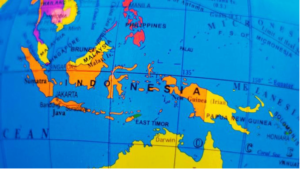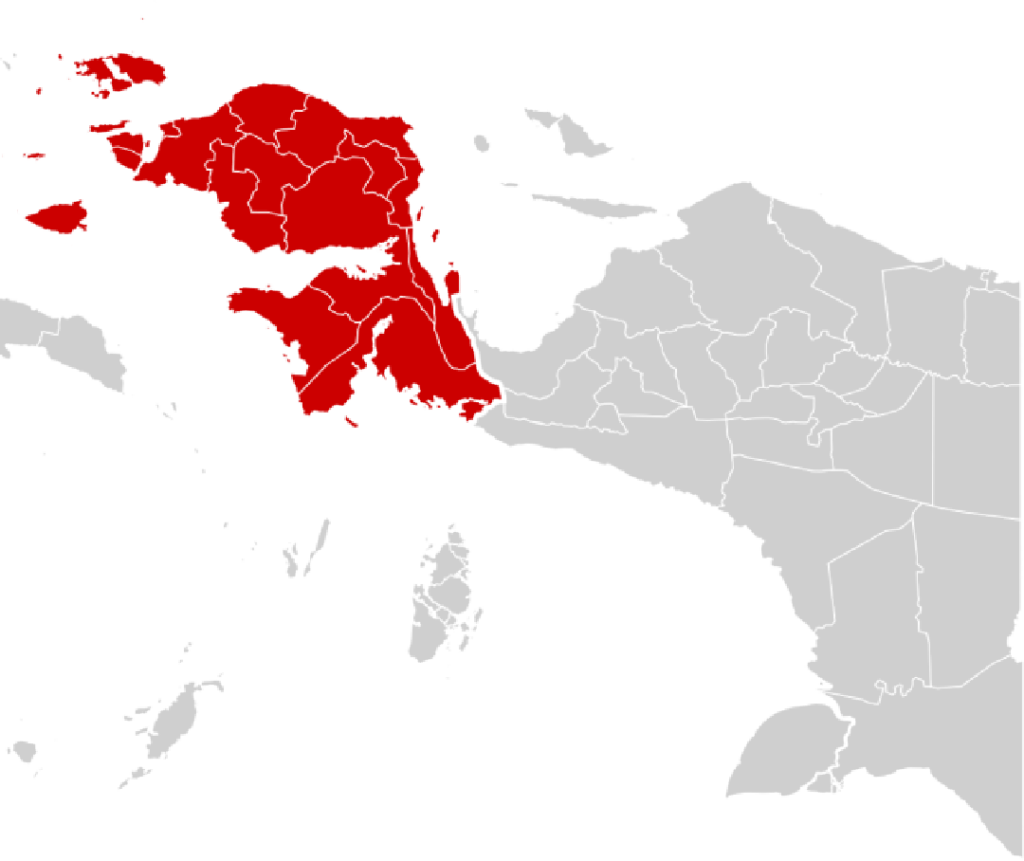
If you examine the map and look for New Guinea Island, you will find two perfectly separated regions. They are Indonesian West Papua and Papua New Guinea. Indonesian West Papua occupies the western half of the island, while Papua New Guinea is located on the island’s eastern side. Although these two regions’ names have the word Papua, there exist several differences between West Papua vs Papua New Guinea. What are the differences between the two?
5 Differences between West Papua vs Papua New Guinea
1. The Past Colonial Administration
West Papua and Papua New Guinea have different histories of colonization. Other countries colonized both. Long ago, the Netherlands colonial administration ruled the western area of the island, West Papua. Meanwhile, Papua New Guinea was seized by Germany, Great Britain, and Australia.
The Netherlands also ruled over the remaining Indonesian territories, formerly the Dutch East Indies. Due to this, after Indonesia successfully gained independence in 1945, the Indonesian authorities decided to take over all regions of the Dutch East Indies. In contrast, Papua New Guinea obtained independence from Australia in 1975. Thus, the difference between previous colonial administrations made the two regions occupy separate territories.
2. The Political System
West Papua is a part of Indonesia. Hence, the province applies a constitutional democracy in which the authority lies under the central government. Indonesia adopts both presidential and parliamentary systems in which the president, as the head of state and government, holds the army’s supreme command and leads the government’s executive branch.
Meanwhile, Papua New Guinea applies a constitutional monarchy system. The country is a part of the Commonwealth. Thus, the people of Papua New Guinea recognize the British Queen or King as the head of state. However, the state is governed by a prime minister as the head of government.
3. The National and Tribal Language
The next difference between West Papua vs Papua New Guinea is the national and tribal languages. The national language of West Papua is Indonesian, whereas the official languages of Papua New Guinea are English, Tok Pisin, Hiri Motu, and Papua New Guinean Sign Language. Besides the national languages, both regions have many tribal languages. There are more than 250 tribal languages in West Papua. Meanwhile, Papua New Guinea has more than 820 tribal languages.
4. Population
According to data from Badan Pusat Statistik Indonesia, in 2021, Indonesia Papua will have approximately 4.3 million people. More than 50% of the population are native Papuans of more than 250 tribes. Examples of native tribes in the region are Asmat, Arfak, Dani, Korowai, etc.
The total population of Papua New Guinea is roughly 9.36 million people, according to data provided by Worldometer in 2022. 85% of the population are natives of the country. Papua New Guinea is a country with vast diversity consisting of more than 600 tribes with distinctive cultures. Some famous tribes are the Yari Yari, Tewari, Chimbu, Huli Wigmen, Asaro Nudmen, and many more.
5. Religion
The three major religions in West Papua are Christianity, Catholicity, and Islam. Among the 4.3 million people living in West Papua, 69,54% (2.99 million) are Christians. Catholicism became the second biggest religion with a total percentage of 15,71% (676,71 thousand people), followed by Islam with 14,57% (627,78 thousand people).
Meanwhile, most Papua New Guinea people are believers in Christianity and indigenous beliefs. In some places, the people fuse Christian teachings with hereditary indigenous ideas. According to the Census in 2011, the total of Christians is 98% which is divided into Roman Catholic (26%), Evangelical Lutheran (18%), Seventh-day Adventist (13%), Pentecostal (10%), and so on.
There are five distinct differences between West Papua vs Papua New Guinea. Both regions are dissimilar based on the past colonial administration, political system, language, population, and religion.


